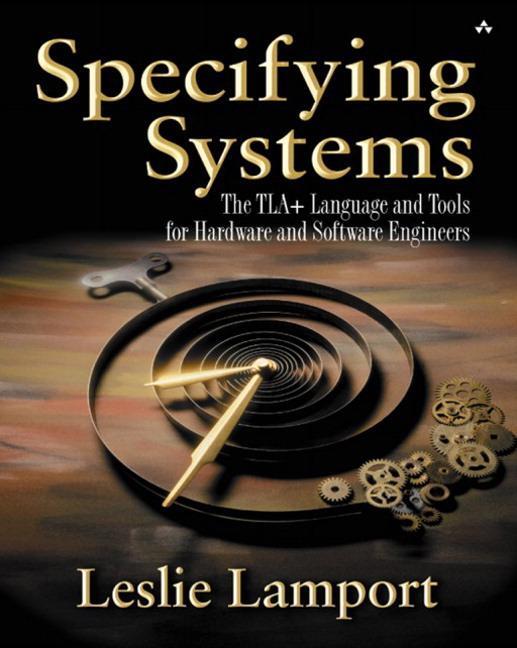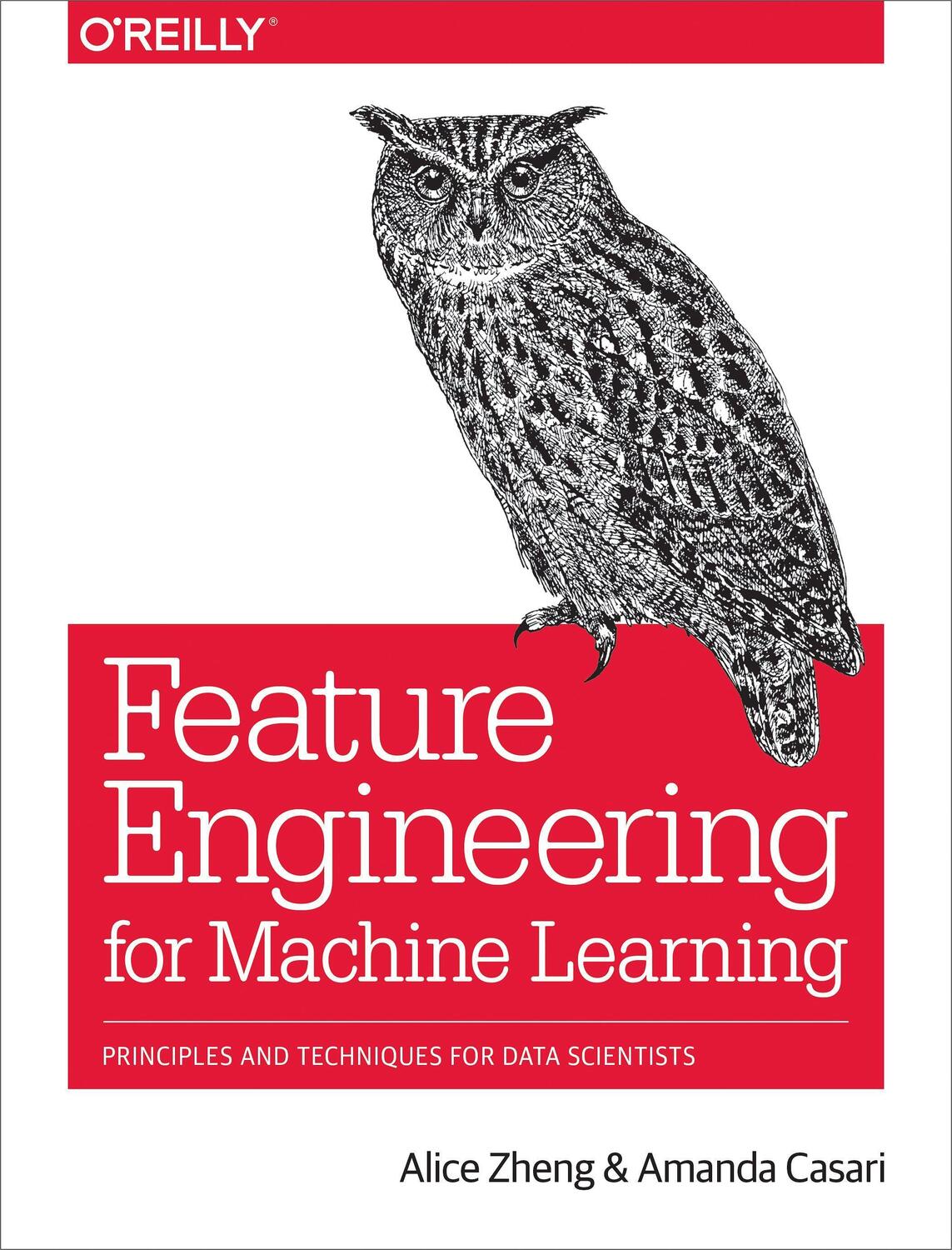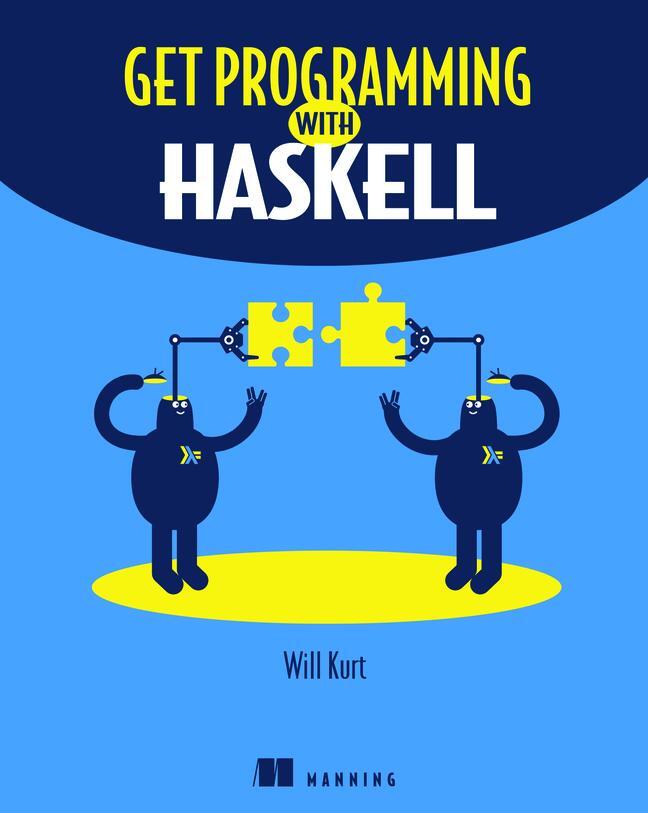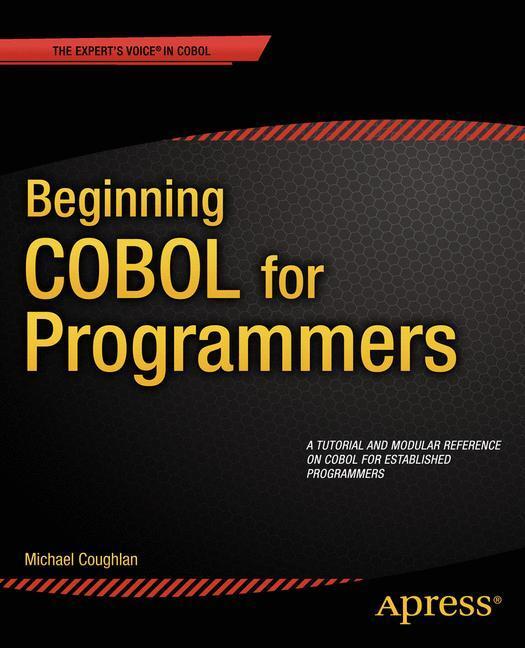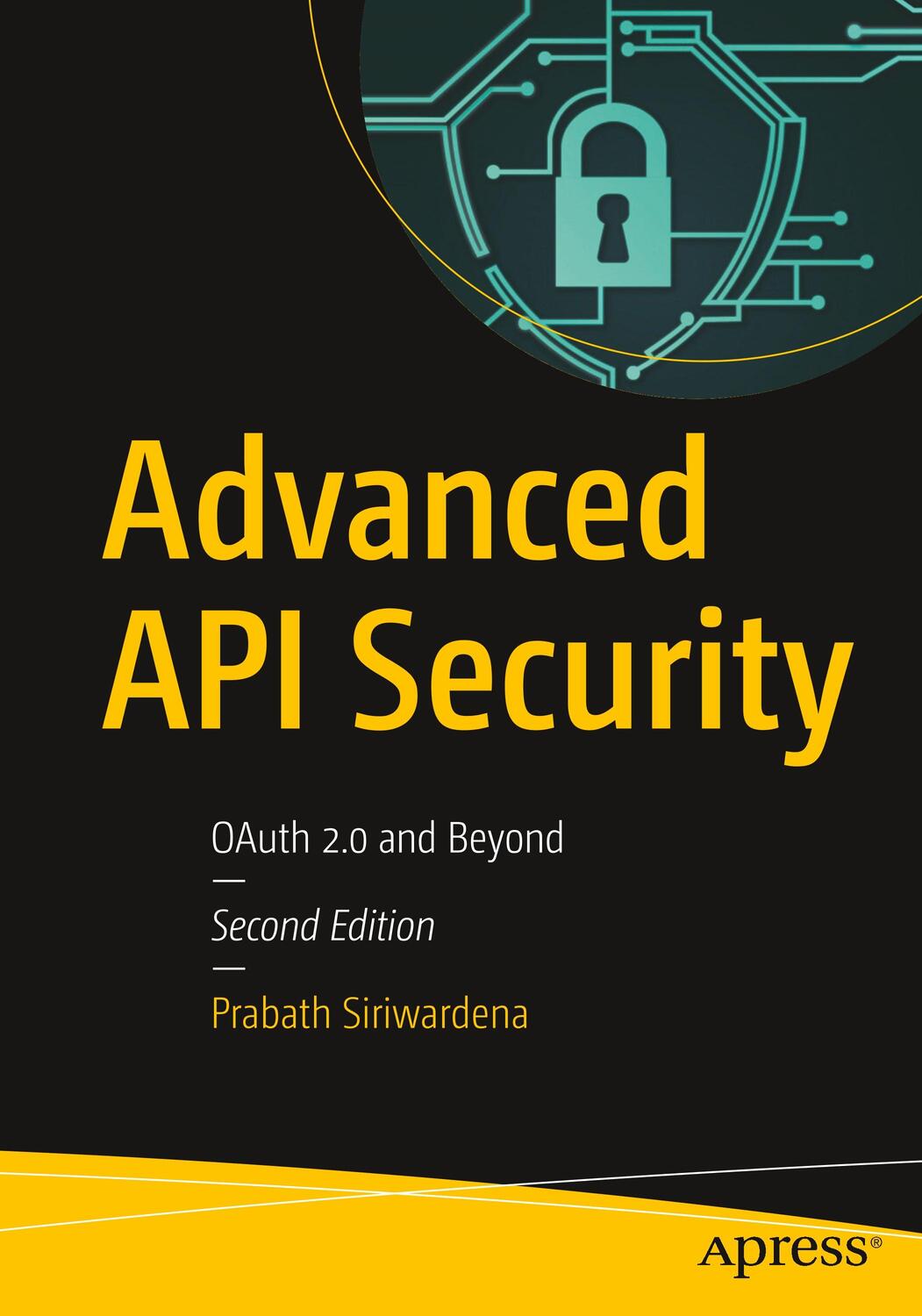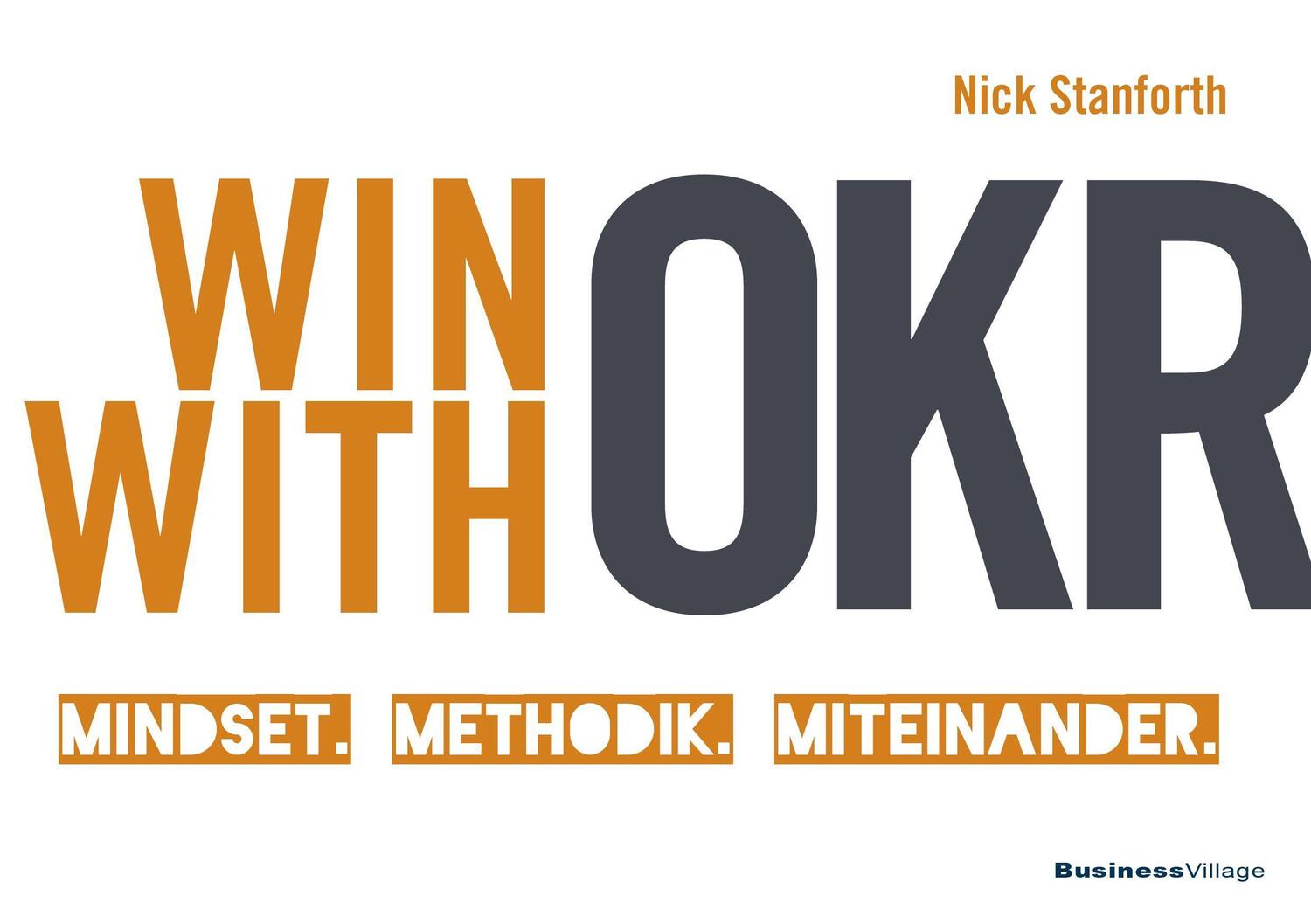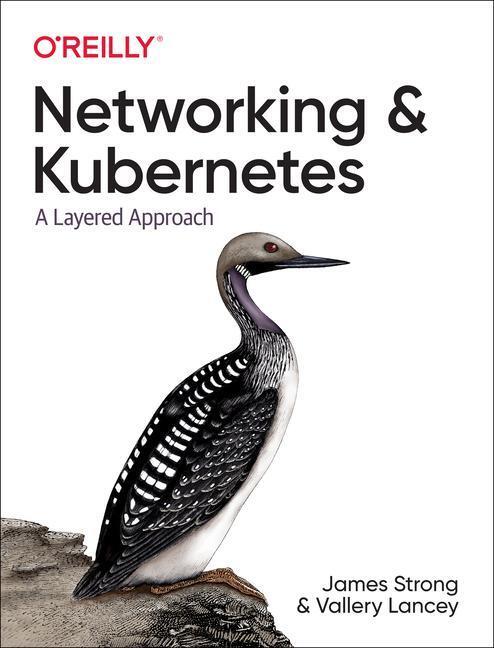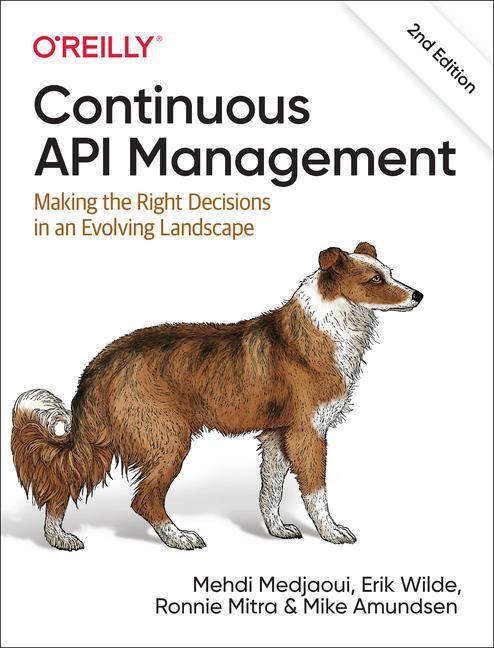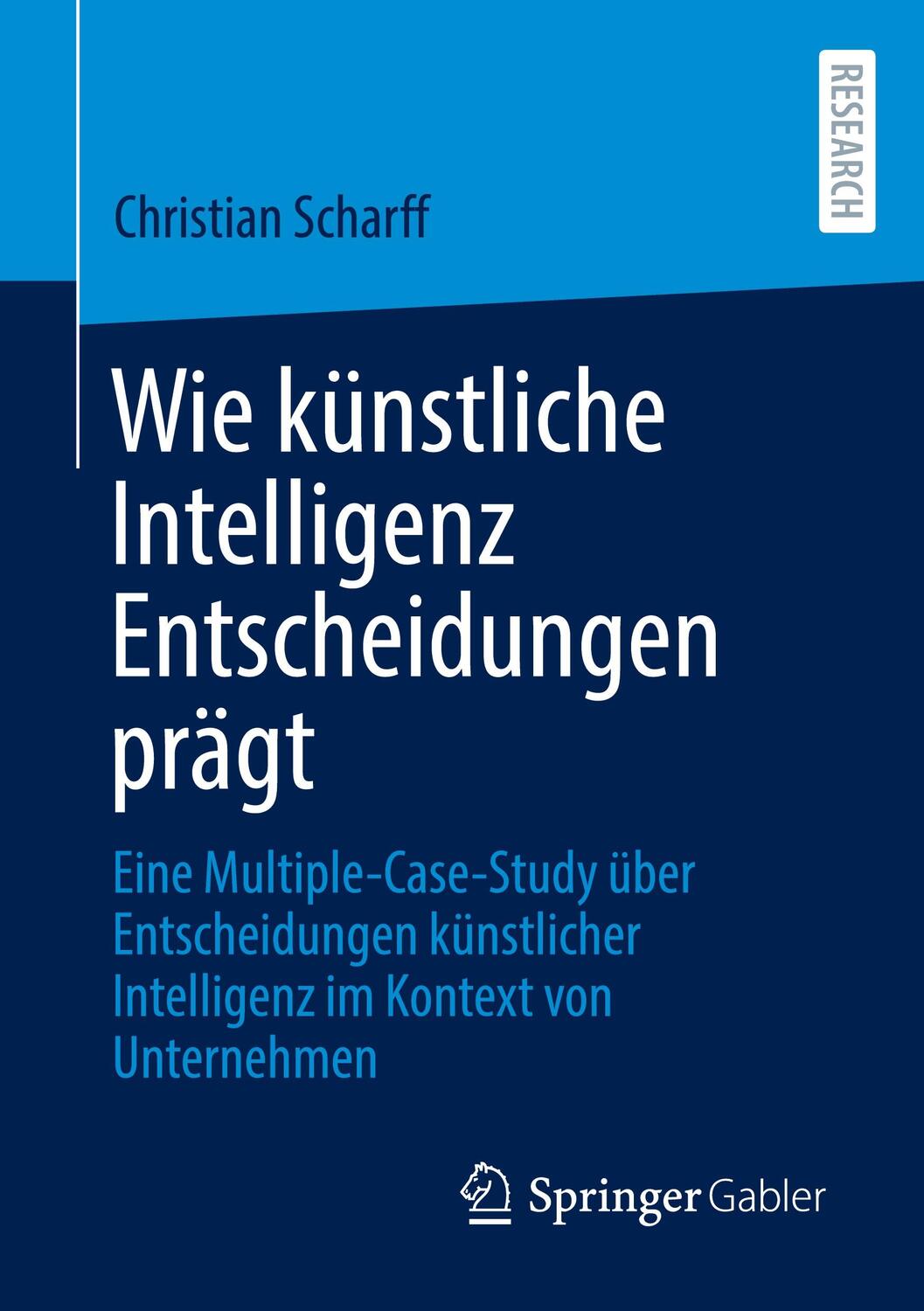46,95 €*
Versandkostenfrei per Post / DHL
Lieferzeit 1-2 Wochen
This book is the distillation of over 25 years of work by one of the world's most renowned computer scientists. Leslie Lamport, the creator of the LaTeX typesetting system, shows how to write unambiguous specifications of complex computer systems. The first part provides a concise and lucid introduction to specification, explaining how to describe, with mathematical precision, the behavioral properties of a system—what that system is allowed to do. The emphasis here is on safety properties. The second part of Specifying Systems: The TLA+ Language and Tools for Hardware and Software Engineers covers more advanced topics, including liveness and fairness, real time properties, and composition. The book's final two parts provide a complete reference manual for the TLA+ language and tools, as well as a handy mini-manual.
This book is the distillation of over 25 years of work by one of the world's most renowned computer scientists. Leslie Lamport, the creator of the LaTeX typesetting system, shows how to write unambiguous specifications of complex computer systems. The first part provides a concise and lucid introduction to specification, explaining how to describe, with mathematical precision, the behavioral properties of a system—what that system is allowed to do. The emphasis here is on safety properties. The second part of Specifying Systems: The TLA+ Language and Tools for Hardware and Software Engineers covers more advanced topics, including liveness and fairness, real time properties, and composition. The book's final two parts provide a complete reference manual for the TLA+ language and tools, as well as a handy mini-manual.
Leslie Lamport, a computer scientist, is well known for his contributions to concurrent computing and distributed systems. His "Time, Clocks, and the Ordering of Events in a Distributed System" paper has been honored for its enduring influence on the field. Lamport is also known for creating the LaTeX typesetting system and the best-selling book, LaTeX, Second Edition, which documents it (Addison-Wesley, 1994). Now at Microsoft Research in Mountain View, California, he began his work on TLA+ at the Digital (later Compaq) Systems Research Center in Palo Alto. Lamport, who earned his Ph.D. in mathematics from Brandeis University, is a member of the National Academy of Engineering.
[...]XAB[...]
List of Figures and Tables.
Acknowledgments.
Introduction.
I. Getting Started.
II: More Advanced Topics.
III: The Tools.
IV: The TLA+ Language.
| Erscheinungsjahr: | 2002 |
|---|---|
| Fachbereich: | Programmiersprachen |
| Genre: | Informatik |
| Rubrik: | Naturwissenschaften & Technik |
| Medium: | Taschenbuch |
| Seiten: | 384 |
| Inhalt: | Kartoniert / Broschiert |
| ISBN-13: | 9780321143068 |
| ISBN-10: | 032114306X |
| UPC: | 076092021339 |
| EAN: | 0076092021339 |
| Sprache: | Englisch |
| Einband: | Kartoniert / Broschiert |
| Autor: | Lamport, Leslie |
| Hersteller: | Pearson Education |
| Maße: | 233 x 187 x 18 mm |
| Von/Mit: | Leslie Lamport |
| Erscheinungsdatum: | 19.07.2002 |
| Gewicht: | 0,647 kg |
Leslie Lamport, a computer scientist, is well known for his contributions to concurrent computing and distributed systems. His "Time, Clocks, and the Ordering of Events in a Distributed System" paper has been honored for its enduring influence on the field. Lamport is also known for creating the LaTeX typesetting system and the best-selling book, LaTeX, Second Edition, which documents it (Addison-Wesley, 1994). Now at Microsoft Research in Mountain View, California, he began his work on TLA+ at the Digital (later Compaq) Systems Research Center in Palo Alto. Lamport, who earned his Ph.D. in mathematics from Brandeis University, is a member of the National Academy of Engineering.
[...]XAB[...]
List of Figures and Tables.
Acknowledgments.
Introduction.
I. Getting Started.
II: More Advanced Topics.
III: The Tools.
IV: The TLA+ Language.
| Erscheinungsjahr: | 2002 |
|---|---|
| Fachbereich: | Programmiersprachen |
| Genre: | Informatik |
| Rubrik: | Naturwissenschaften & Technik |
| Medium: | Taschenbuch |
| Seiten: | 384 |
| Inhalt: | Kartoniert / Broschiert |
| ISBN-13: | 9780321143068 |
| ISBN-10: | 032114306X |
| UPC: | 076092021339 |
| EAN: | 0076092021339 |
| Sprache: | Englisch |
| Einband: | Kartoniert / Broschiert |
| Autor: | Lamport, Leslie |
| Hersteller: | Pearson Education |
| Maße: | 233 x 187 x 18 mm |
| Von/Mit: | Leslie Lamport |
| Erscheinungsdatum: | 19.07.2002 |
| Gewicht: | 0,647 kg |

